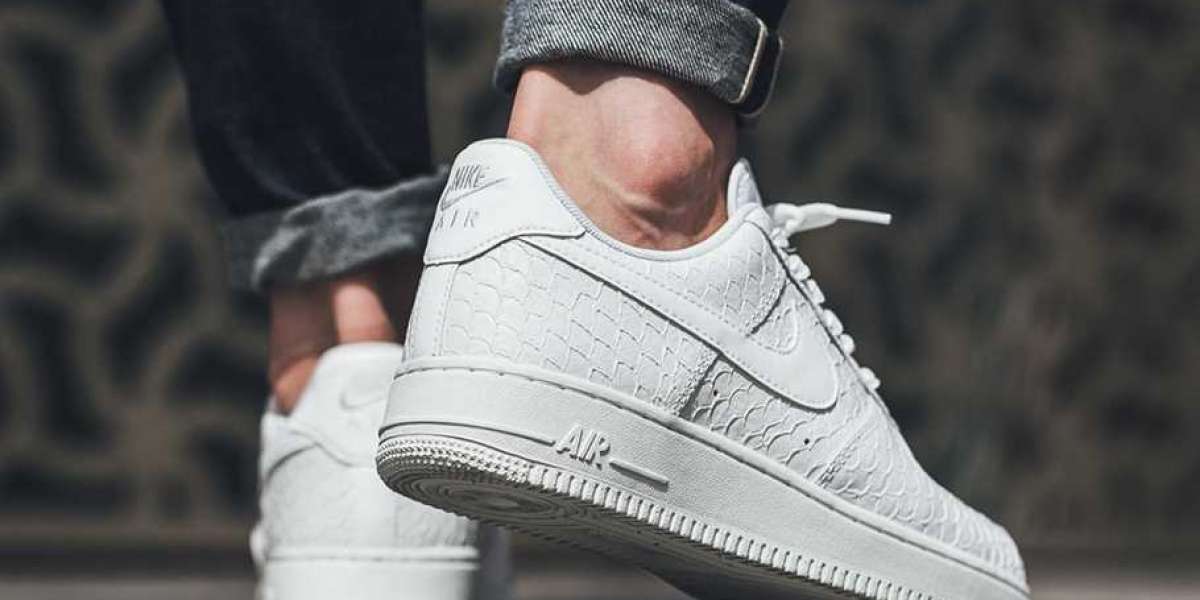When it comes to promoting your brand, influencer marketing has become an essential strategy in today's digital landscape. By collaborating with influencers, you can reach a wider audience and build trust with potential customers. However, finding the right influencers for your brand can be a daunting task. In this guide, we will explore different types of influencers and provide insights on how to find the perfect fit for your brand.
Understanding the Power of Influencers
Influencers are individuals who have established credibility and a large following in a specific niche. They have the power to influence the opinions and purchasing decisions of their audience. By partnering with influencers, brands can tap into their loyal fan base and leverage their influence to promote products or services.
There are various types of influencers, each with their own unique characteristics and audience demographics. Let's explore some of the different types:
1. Social Media Influencers
Social media influencers are individuals who have gained a significant following on platforms such as Instagram, YouTube, or TikTok. They create content that resonates with their audience and often collaborate with brands to promote products or services. Social media influencers can be categorized into micro-influencers, macro-influencers, and mega-influencers, depending on the size of their following.
For example, a beauty brand might partner with a popular beauty vlogger on YouTube to showcase their latest makeup collection. The influencer's audience, who trust their recommendations, are more likely to consider purchasing the products.
2. Industry Experts
Industry experts are influencers who have established themselves as authorities in a specific field. They are often sought after for their knowledge and expertise. Collaborating with industry experts can help position your brand as a trusted source of information and build credibility among your target audience.
For instance, a fitness brand might partner with a renowned personal trainer to create workout videos or provide expert advice on their blog. By associating with an industry expert, the brand can establish itself as a reliable resource for fitness enthusiasts.
3. Celebrity Influencers
Celebrity influencers are well-known individuals from the entertainment industry, sports, or other fields. They have a massive following and can significantly impact consumer behavior. Collaborating with celebrity influencers can give your brand instant visibility and reach a wide audience.
For example, a fashion brand might partner with a popular actress to promote their latest clothing line. The celebrity's endorsement can generate buzz and attract attention from their dedicated fan base.
4. Niche Influencers
Niche influencers are individuals who have a dedicated following within a specific niche or interest group. They may not have millions of followers like celebrity influencers, but they have a highly engaged audience that trusts their recommendations.
For instance, a sustainable fashion brand might collaborate with a vegan lifestyle blogger who promotes ethical and eco-friendly products. The influencer's audience, who share similar values, are more likely to resonate with the brand's message and consider purchasing their products.
Finding the Right Fit for Your Brand
Now that we have explored different types of influencers, let's discuss how to find the right fit for your brand:
1. Define Your Target Audience
Before you start searching for influencers, it's crucial to have a clear understanding of your target audience. Identify their demographics, interests, and preferences. This information will help you find influencers whose audience aligns with your target market.
For example, if you are a fitness brand targeting young adults interested in yoga, you might want to collaborate with yoga influencers who have a similar target audience.
2. Research and Vet Influencers
Once you have defined your target audience, start researching influencers who cater to that audience. Look for influencers who create content that aligns with your brand values and aesthetics. Vet influencers by analyzing their engagement rates, audience demographics, and previous brand collaborations.
Tools like Social Blade and HypeAuditor can provide valuable insights into an influencer's performance and authenticity.
3. Establish Authentic Relationships
When reaching out to influencers, focus on building authentic relationships rather than just asking for promotional partnerships. Engage with their content, leave thoughtful comments, and share their posts. This will help you establish a genuine connection and increase the likelihood of a successful collaboration.
4. Measure and Evaluate Results
After partnering with influencers, it's essential to measure and evaluate the results of your campaigns. Track key metrics such as reach, engagement, and conversions to determine the effectiveness of your influencer marketing efforts. Use this data to refine your strategies and optimize future collaborations.
By following these steps, you can find the right influencers who align with your brand values and effectively promote your products or services.
Remember, influencer marketing is an ever-evolving field, and it's essential to stay updated with the latest trends and strategies. Continuously monitor industry publications and attend relevant conferences to stay ahead of the curve.
For more information on influencer marketing and finding the right fit for your brand, check out these credible resources:







